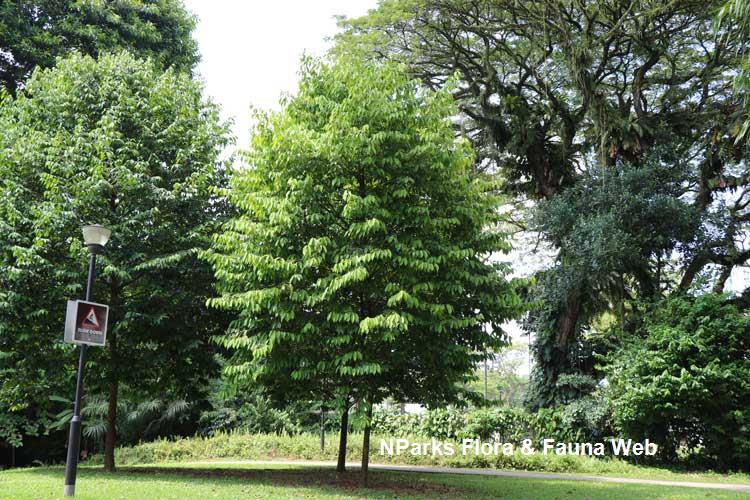
Back
Colubrina beccariana Warb.
| Family Name: | Rhamnaceae |
| Common Name: | Udok-udok |
Colubrina beccariana, also known as Udok-udok, is a tree which can reach up to 25 m tall. It has smooth or slightly dimpled bark that is reddish-brown to dark brown. Found naturally in rainforests, it thrives in cultivation when grown under full sunlight and fertile, well-drained soil.
Name
Classifications and Characteristics
| Plant Division | Angiosperms (Flowering Seed Plants) |
|---|---|
| Plant Growth Form | Tree |
| Lifespan (in Singapore) | Perennial |
| Mode of Nutrition | Autotrophic |
| Maximum Height | 25 m |
Biogeography
| Native Distribution | Peninsular Malaysia and Borneo |
|---|---|
| Native Habitat | Terrestrial |
| Preferred Climate Zone | Tropical |
| Local Conservation Status | Non-native |
Description and Ethnobotany
| Growth Form | It is a tree, up to 25 m tall. The bark is smooth or slightly dimpled and reddish brown to dark brown. |
|---|---|
| Foliage | The leaves are oblong-elliptic to oblong-obovate, measuring 10 – 22 cm long and 3.5 – 8.5 cm wide, and in alternate arrangement. Each leaf has 4 – 6 pairs of lateral veins. The leaf tip is pointed (acuminate) with acumen measuring 1 – 2 cm long, while the base is acute. The leaf margin can be smooth (entire) to toothed (finely serrulate) and the petiole is 0.6 – 1.5 cm long. The young leaves are observed to flush pink upon emergence and gradually turn green as they mature. |
| Flowers | The flowers occur in branched clusters (cymes) at the leaf axils. The flower is shallowly disc-shaped (patelliform) with triangular sepals and 5 (− 6) hooded (cucullate) obovate petals. |
| Fruit | The fruit is globose, measuring 1 – 1.6 cm in diameter. At maturity, the fruit turns black and splits into three parts. The seeds are small (0.8 – 1 cm long) and reddish brown. |
| Habitat | It is found in rainforests. |
| Associated Fauna | Flowers are pollinated by insects. |
| Etymology | The genus colubrinus, in Latin, means like a snake, possibly referring to the French name of the species Colubrina ferruginosa - bois couleuvre which means the snake wood or serpent tree. The specific epithet is named after Odoardo Beccari (1843 – 1920), an Italian explorer and botanist who contributed significantly to the flora of Malesian region. |
| Ethnobotanical Uses | Timber & Products: The wood in this genus is used for construction and building houses. |
Landscaping Features
| Landscape Uses | Parks & Gardens |
|---|
Fauna, Pollination and Dispersal
| Pollination Method(s) | Biotic (Fauna) |
|---|
Plant Care and Propagation
| Light Preference | Full Sun |
|---|---|
| Water Preference | Moderate Water |
| Plant Growth Rate | Moderate |
Foliar
| Mature Foliage Colour(s) | Green |
|---|---|
| Prominent Young Flush Colour(s) | Pink |
| Foliar Type | Simple / Unifoliate |
| Foliar Arrangement Along Stem | Alternate |
| Foliar Attachment to Stem | Petiolate |
| Foliar Margin | Entire, Serrulate |
| Foliar Apex - Tip | Acuminate |
| Foliar Base | Acute |
Non - Foliar and Storage
| Trunk Type (Non Palm) | Woody |
|---|---|
| Root Type | Underground |
Floral (Angiosperm)
| Flower Grouping | Cluster / Inflorescence |
|---|---|
| Flower Location | Axillary |
Fruit, Seed and Spore
| Mature Fruit Colour(s) | Black |
|---|---|
| Fruit Classification | Simple Fruit |
| Fruit Type | Dehiscent Dry Fruit |
| Mature Seed Colour(s) | Brown |
References
| References | Schirarend, C. (1995). Rhamnaceae. In: Soepadmo, E. & Wong, K.M. (eds). Tree Flora of Sabah and Sarawak, vol. 1. Pp. 305 – 453. Malaysia: Sabah Forestry Department, Forest Research Institute Malaysia, & Sarawak Forestry Department. Sosef, M.SM., Hong, L.T., and Prawirohatmodjo, S. (Editors). 1998. Plant Resources of South-East Asia Volume 5 (3). Timber Trees: Lesser known timbers. Leiden: Prosea Foundation. 859 pages. |
|---|
Image Repository
Others
| Master ID | 33810 |
|---|---|
| Species ID | 8226 |
| Flora Disclaimer | The information in this website has been compiled from reliable sources, such as reference works on medicinal plants. It is not a substitute for medical advice or treatment and NParks does not purport to provide any medical advice. Readers should always consult his/her physician before using or consuming a plant for medicinal purposes. |

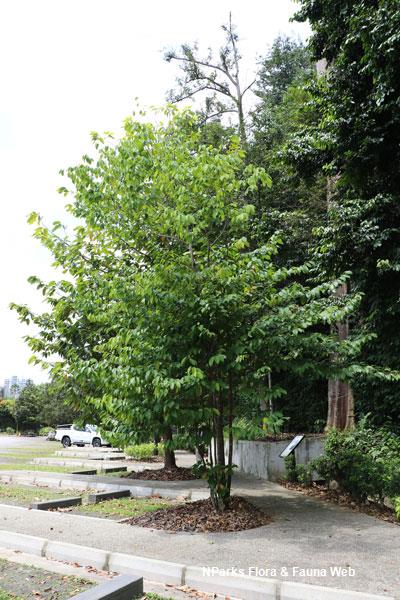
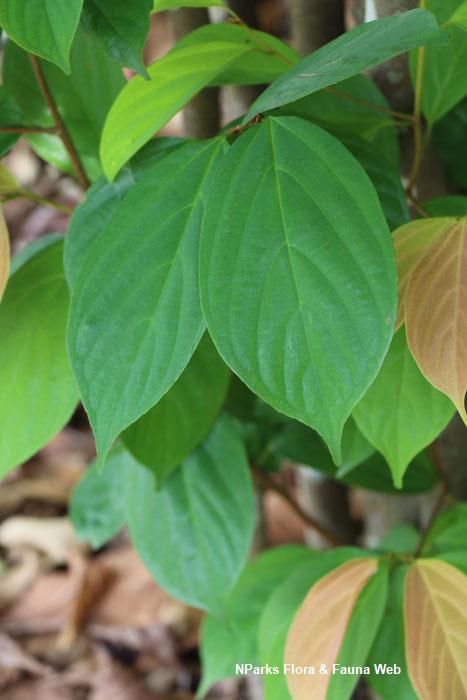
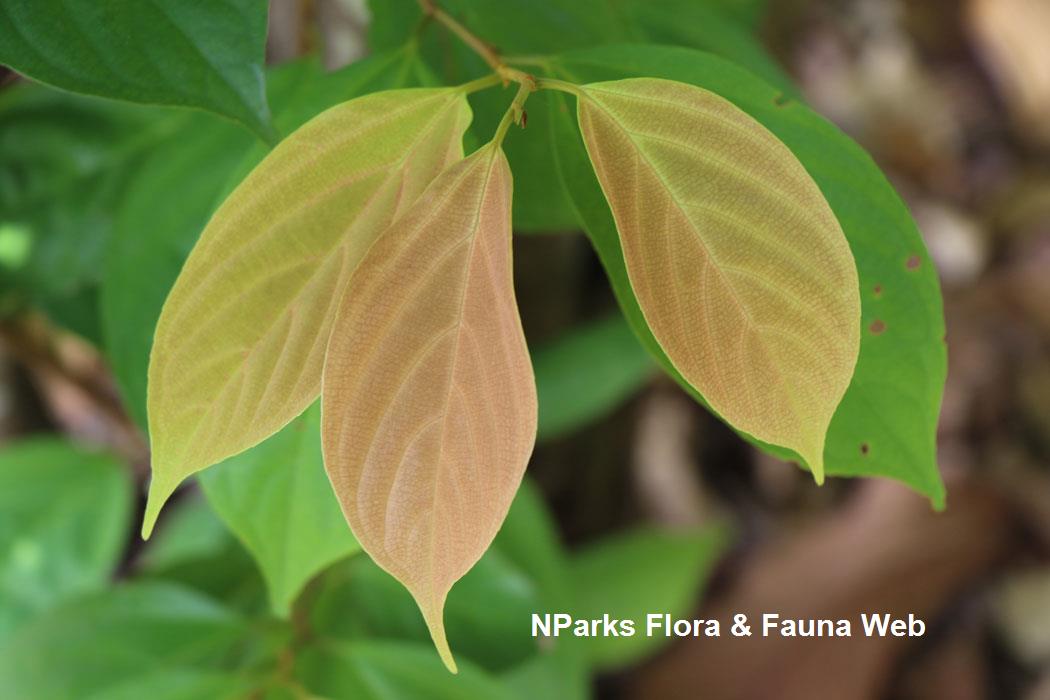
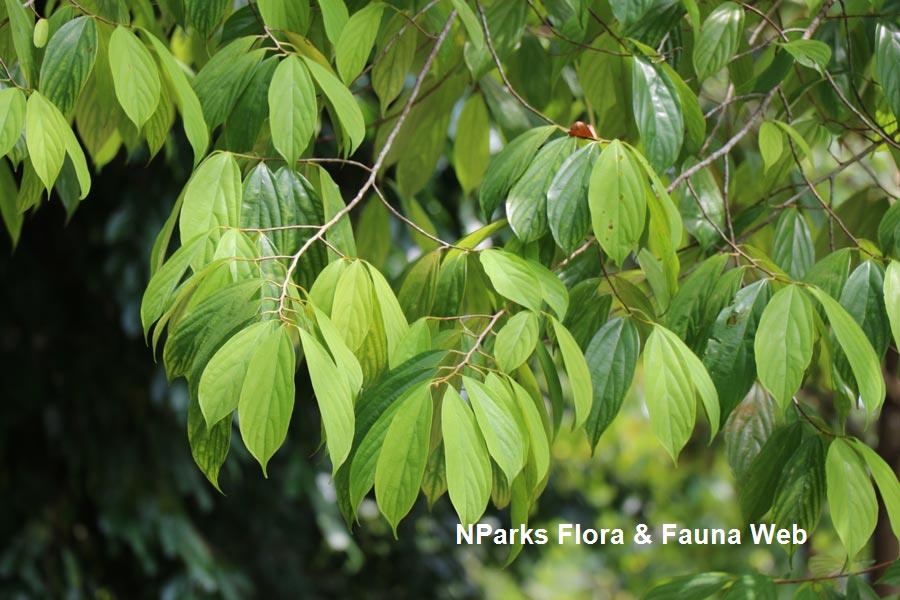
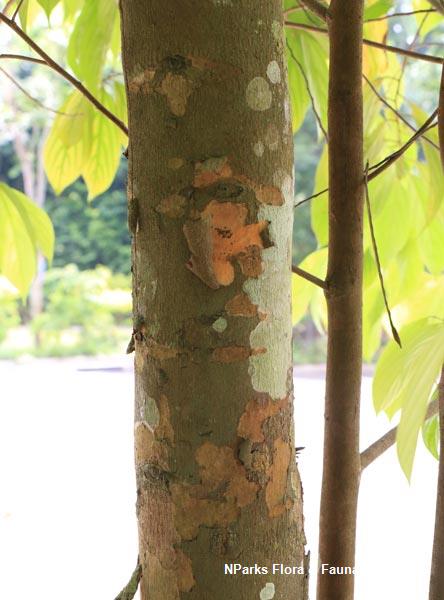
.jpg)